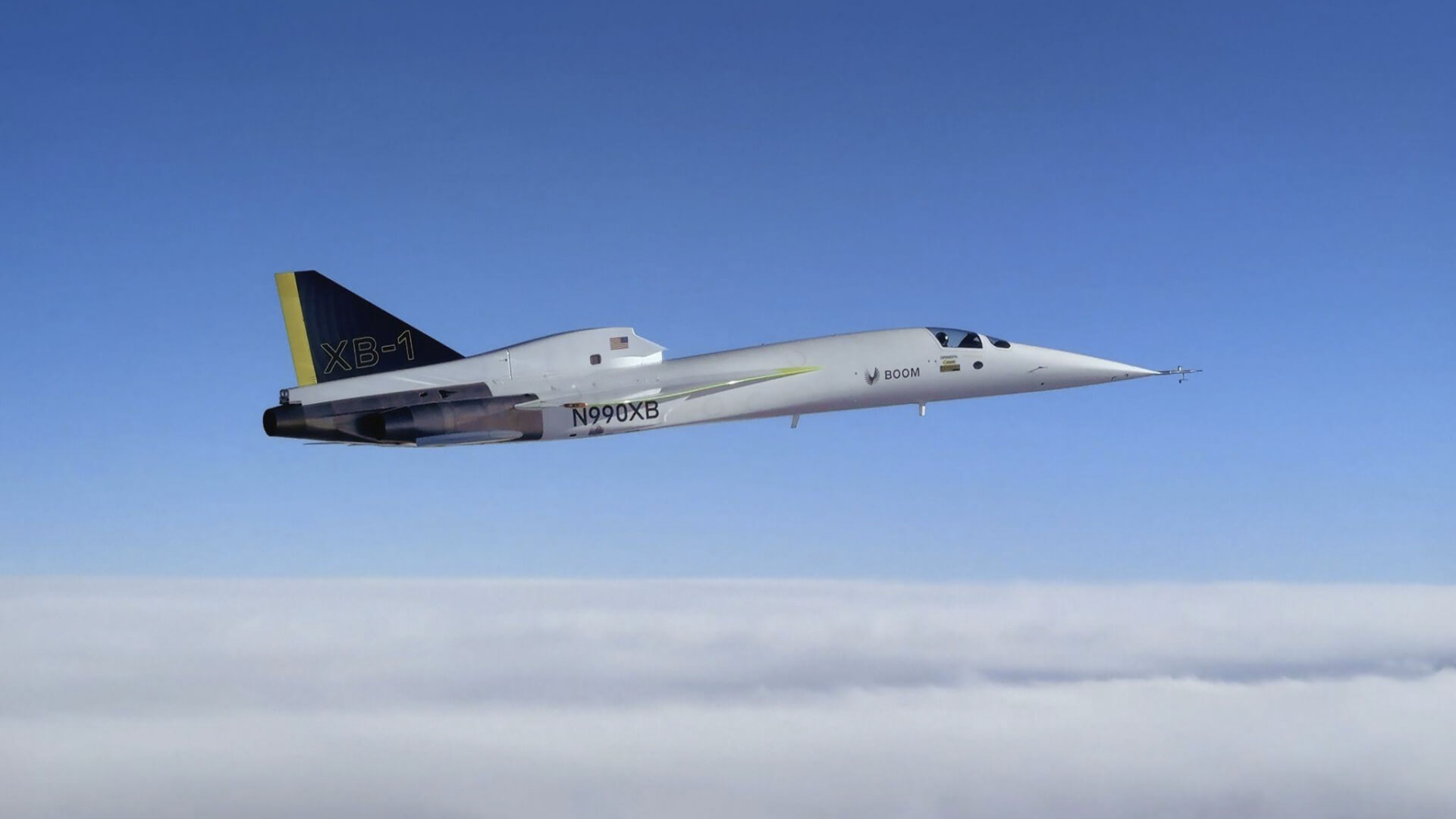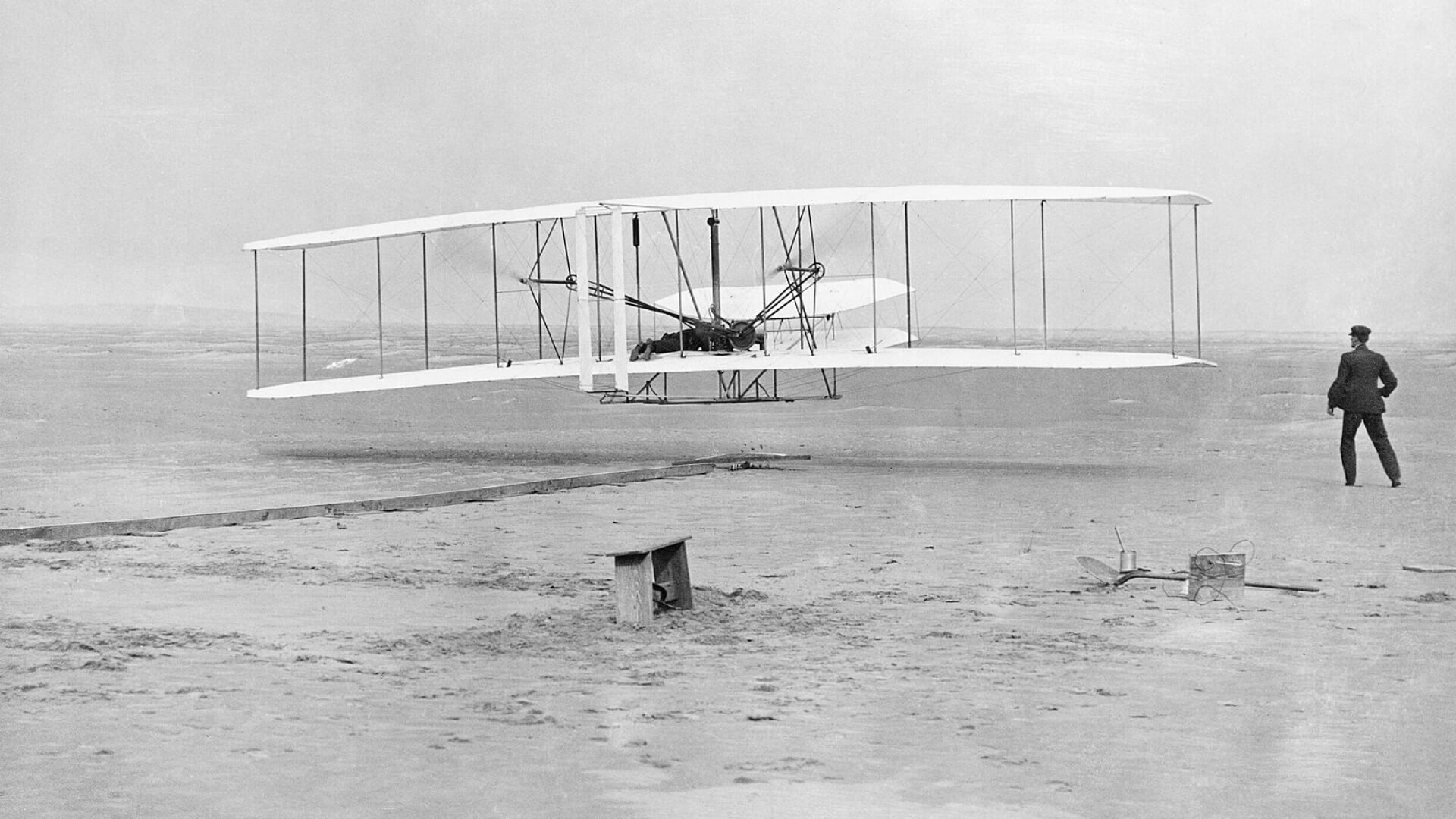Boom’s SVP of Engineering and Program Office, Troy Follak, is focused on two things: building a world-class engineering team and optimizing Overture for speed, safety, and sustainability.
Follak joined Boom in July 2020, bringing almost three decades of engineering and aerospace experience. In his current role, he’s responsible for the technical direction and integration of Overture, an aircraft he believes will galvanize the enduring return of supersonic passenger travel. As the Overture program continues to progress, Troy is focused on expanding and further enhancing Boom’s engineering team, while also playing an integral cross-functional role to ensure Overture’s successful development, design, and certification.
Prior to Boom, Follak spent 19 years at Gulfstream, holding numerous positions from Project Engineer to G650 Project Engineering Director, and Flight Test Engineering Director to Large Cabin Chief Engineer. He has deep and wide aviation experience, including past roles such as program manager at Dassault Systemès, avionics design engineer and flight test engineer on the C-130J program at Lockheed Martin, and systems engineer for Honeywell Air Transport.
What prompted your passion for aviation?
I was nine or ten years old when I really became excited about aviation. We often visited the airfield on the island I grew up on in South Carolina. I remember watching the airplanes take off and land from the grass runway meeting the owners and being fully immersed in that environment.
When I was thirteen, I fractured my cervical spine playing recreational football, leaving me paralyzed from the neck down and blind in one eye. Around the same time, aviation was becoming increasingly more important to me, so I promised myself that if I recovered, I would try to do something positive with my life through airplanes. Thanks to some incredible doctors, I fully healed a year after the incident and that put me on a one-way track to an aviation career.
You’ve contributed to many aircraft programs over your career. Do you have a favorite?
From a career perspective, my contribution as wing project engineer for the Gulfstream G650 was an honor.
Up until that point, I was largely a systems specialist, given my background as an electrical engineer and experience with navigation, display systems, and pilot controls. In this new role, I was responsible for the aerodynamics, structures, flight control, fuels, electrical and hydraulics system, and interfaces for the G650 wing. It was a big leap in my breadth and depth of experience and the beginning of my transition from an individual program contributor on some subsystems, to a director responsible for ensuring the aircraft would perform as required.
From a personal perspective, I’m really proud of what the Flight Test Engineering organization was able to achieve from the first flight of the G500 & G600 through the G700 program. Our team successfully integrated flight test instrumentation into the G700 during production, by driving for system requirements and designing test instrumentation early enough to not affect build plans. The people behind this program were so committed and that’s what made it special.
Since at Boom I have to say my favorite accomplishment so far has been learning from the XB-1 team. These individuals have a passion like no other. They view adversity as the opportunity to come together and solve the issue facing the team. They are on such an exciting road to first flight.
What sparked your interest in supersonic, and Boom in particular?
The G700 program was so exciting because of the people involved and the opportunity to galvanize a team to do something they have never done before. I wanted to do more of that and knew I could find it at Boom.
There are a number of supersonic programs in the works right now, but Boom has the right business model. Blake and the leadership team understand that aircraft design is an iterative process. Strategically, I was impressed with the decision to design, build, test, and fly an experimental aircraft like XB-1 for the ultimate betterment of Overture, the supersonic airliner. I wanted to be part of that.
What are you focused on currently in your role?
Right now, it’s two-pronged. We’re focused on building the best and brightest engineering organization and designing the Overture aircraft.
I believe in as small as possible command & control, so we can empower leaders and employees throughout the organization to effectively act as responsible leaders and owners of their discipline. The engineering leadership will be responsible for the resource, output, budget, and team for their specific discipline.
Why is now the time for a new era of supersonic flight?
One of the responses, from the COVID shutdown, is that people are evaluating how they spend their time. They are taking time to see the world a little differently. We have the opportunity to provide less flying time to see more of the world. By reducing flight times between continents, via supersonic flight, people are able to travel further.
Experiencing new cultures, making more connections interpersonally, and being an ambassador for your culture makes human connections that tie the world closer together. We, at Boom, see the opportunity to bring together the technology advancements, since the Concorde, for a commercially viable supersonic civilian aircraft.
Learn more about the production Overture design here.







